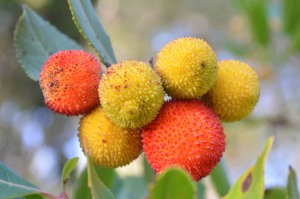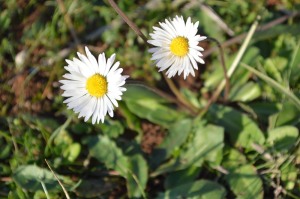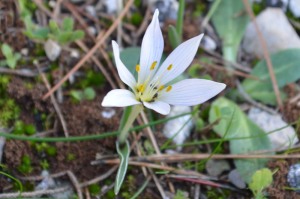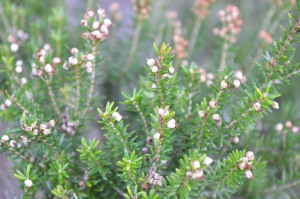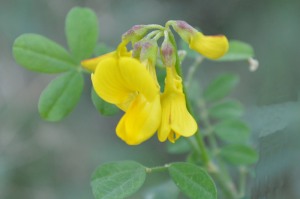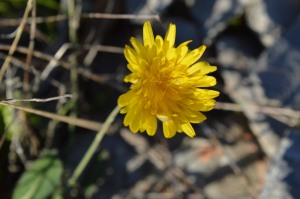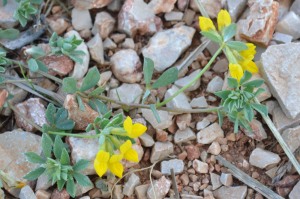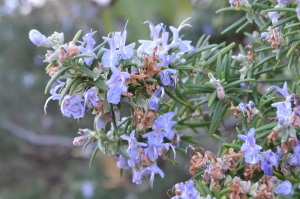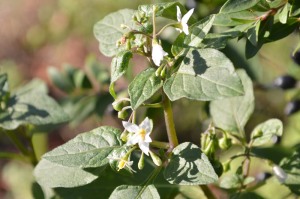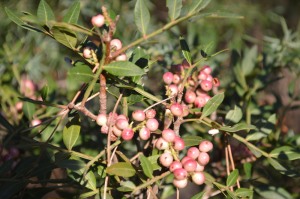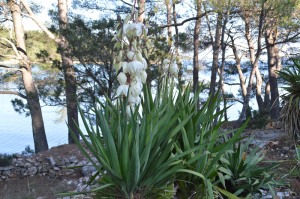-
Woodland Trust’s 10 nominees from across the country highlight how trees inspire creative minds
A cedar tree climbed by the Beatles, an oak that may have inspired Virginia Woolf and a lime representing peace in Northern Ireland are among those shortlisted for tree of the year 2025.
Voting opens on Friday for the Woodland Trust’s annual competition, which aims to celebrate and raise awareness of rare, ancient or at-risk trees across the UK.
Continue reading...
-
Worst-case scenario of 4.3C of warming could result in fiftyfold rise in heat-related deaths, researchers say
More than 30,000 people a year in England and Wales could die from heat-related causes by the 2070s, scientists have warned.
A new study calculates that heat mortality could rise more than fiftyfold in 50 years because of climate heating. Researchers at UCL and the London School of Hygiene & Tropical Medicine compared different potential scenarios, looking at levels of warming, measures to mitigate and adapt to the climate crisis, regional climatic differences and potential power outages. They also modelled the ageing population.
Continue reading...
-
Diesel generators allowed to emit 48 times more nitrogen oxides than gas boilers producing same amount of energy
Air pollution controls in some sectors are much weaker than others, researchers have found.
A recent study looked at legal requirements for nitrogen oxides. These come from engine exhausts, flues and chimneys and include health-harming nitrogen dioxide. This is a pollutant that many UK cities struggle to control.
Continue reading...
-
Colossal Bioscience is adding the extinct animal to its revival wishlist, joining the woolly mammoth, dodo and thylacine. But scepticism is growing
Standing more than three metres (10ft) high, the giant moa is the tallest bird known to have walked on Earth. For thousands of years, the wingless herbivore patrolled New Zealand, feasting on trees and shrubs, until the arrival of humans. Today, records of the enormous animal survive only in Māori oral histories, as well as thousands of discoveries of bone, mummified flesh and the odd feather.
But this week, the US start-up Colossal Biosciences has announced that the giant moa has joined the woolly mammoth, dodo and thylacine, or Tasmanian tiger, on its list of animals that it is trying to bring back from the dead. The announcement has provoked public excitement – and deep scepticism from many experts about whether it is possible to resurrect the bird, which disappeared a century after the arrival of early Polynesian settlers in New Zealand about 600 years ago.
Continue reading...
-
Scottish Water boss says average Scot uses 40% more water than people in Yorkshire partly due to mistaken belief water is abundant in Scotland
Scottish households are being urged to cut back heavily on their water use and instead treat it as a precious resource due to the growing threat to supplies from climate heating.
Alex Plant, the chief executive of Scottish Water, said the average Scot used 40% more water than consumers in Yorkshire, partly because there was a widespread but mistaken assumption that water was abundant in Scotland.
Continue reading...
-
Abernethy Forest/Dava Moor, Cairngorms: Hillsides were charred and trees left with the barest of crowns. Nothing had been spared
The forest’s understorey is wonderful just now, dotted with cow-wheat and northern bedstraw, speedwells and tormentil. It’s also the time of year to search for my favourite – the twinflower, with its tiny Y-shaped stems that hold two tiny flowers of the palest pink. In the UK, it’s found only in such pinewoods, though there are great initiatives to expand their colonies through translocation.
I’m late for my usual pilgrimage after going on holiday, but my first attempt to find them, at the end of June, was quickly thwarted. A change in the wind direction had brought acrid smoke from wildfires that were burning 20 miles or so to the north. The evening was so dark that it felt like there was an eclipse, before a shower of rain cleared the air.
Continue reading...
-
Critics say change in biodiversity protections would harm environmental recovery and make scheme ineffective
Plans to weaken environmental regulations for small housebuilders would allow developers in England to build on an area the size of the Yorkshire Dales in the next 10 years without replacing the nature they destroy, according to analysis.
Labour wants to remove the requirement for small housebuilders – those whose sites are under a hectare (2.5 acres) – to replace the nature they destroy under existing rules known as biodiversity net gain.
Continue reading...
-
With forests under pressure from drought, heat, disease and deer, a study has found fewer trees across a range of species surviving to maturity. But scientists say there is still hope
To the untrained eye, Monks Wood looks healthy and lush in the summer sun. Hundreds of butterflies dance on the edge of footpaths in the ancient Cambridgeshire woodland, which is rich with ash, maple and oak trees. Birds flit through the hedgerows as they feed. A fox ambles through a forest clearing, before disappearing into long grass.
But for a number of years, it has been clear to Bruno Ladvocat and Rachel Mailes that something is missing. In 2022, Ladvocat, Mailes and their research team from Birmingham University were out sampling when they noticed that the small trees that typically cover the woodland floor were increasingly hard to find.
Continue reading...
-
With less congestion, less carbon pollution, less accidents, could it be a model for other US cities? Six months in, environmentalists say yes
It has faced threats and lawsuits and even had its death proclaimed by Donald Trump as he startlingly depicted himself as a king in a social media post. But New York City’s congestion charge scheme for cars has now survived its first six months, producing perhaps the fastest ever environmental improvement from any policy in US history.
New York vaulted into a global group of cities – such as London, Singapore and Stockholm – that charge cars for entering their traffic-clogged metropolitan hearts but also ushered in a measure that was unknown to Americans and initially unpopular with commuters, and was confronted by a new Trump administration determined to tear it down.
Continue reading...
-
Exploring the magical landscape that inspired Narnia and stars as a location in Game of Thrones – just an hour outside of Belfast
Where is the finest mountain panorama in the UK? As a nine-year-old I was taken up Yr Wyddfa (Snowdon) and told it was the best. Even in those days, it was a struggle to see much except the backs of other people. The following summer Scafell Pike got the same treatment and the next year we climbed Ben Nevis. I disagreed on all counts. For me, Thorpe Cloud in Dovedale was unbeatable, despite it being under a thousand feet tall. What convinced me was the diminutive Derbyshire peak’s shape: a proper pointy summit with clear space all around, plus grassy slopes that you could roll down. The champion trio could not compare.
This panorama question is in my mind as I begin hiking up Slieve Donard, Northern Ireland’s highest peak (at 850 metres), but a mountain often forgotten by those listing their UK hiking achievements. And a proper peak it is too, with a great sweeping drop to the sea and loads of space all around, guaranteeing, I reckon, a view to beat its more famous rivals.
Continue reading...

